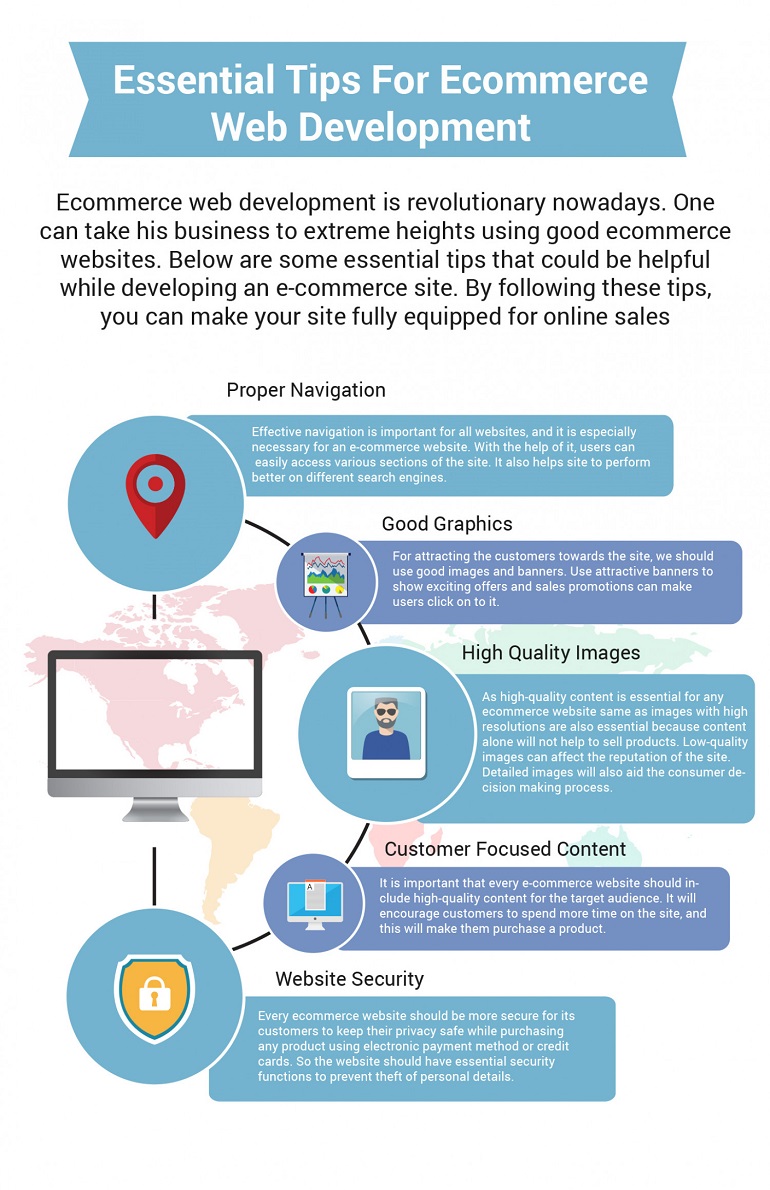



How to Build an Effective eCommerce Website




Nowadays, eCommerce is a big business. In fact, global eCommerce sales are predicted to reach $4 trillion by 2021. Clearly, if you want to tap into this lucrative market, you need an effective eCommerce website. So, how do you go about creating one?
There are a few key things to think about when you’re starting an eCommerce website. Here are some tips to help you get started:
1. Start with a Strong Foundation
Your eCommerce website needs to be built on a strong foundation. This means ensuring that your website is optimised for search engines and that it has a responsive design so that it looks good on all devices. You should also make sure that your shopping cart system is reliable and easy to use.
2. Choose the right platform
There are a number of eCommerce platforms to choose from, and it’s important to select one that is right for your business. Shopify and Magento are two of the most popular eCommerce platforms, and both offer a range of features and templates that can be customised to suit your needs. Some platforms are better suited for small businesses, while others are more suitable for larger companies. Make sure to research your options and select a platform that will allow you to grow your business in the future.
3. Create a user-friendly design
Your eCommerce website should be easy to use, with clear navigation and simple checkout processes. Customers should be able to find what they’re looking for quickly and easily. If your eCommerce website isn’t user-friendly, you won’t be able to retain customers long term.
4. Provide complete and accurate product information
Your eCommerce website needs to provide detailed descriptions and photos of the products it sells. Customers should know exactly what they’re getting when they purchase a product on your site, so make sure you include all the relevant details about the item’s size, color, style and any other specifications that will help them determine whether or not it is right for them. eCommerce sites that don’t provide enough information risk buyers returning items they were unhappy with because they weren’t what was described online. Avoid such negative experiences by offering as much detail as possible about each item on your eCommerce site.
5. Use strong security measures
When it comes to eCommerce, security is of utmost importance. While website design make sure you have effective security measures in place to protect your customers’ data and personal information. This will help ensure that their shopping experience is a safe and positive one.

6. Offer a good customer service experience
eCommerce websites should provide excellent customer service, responding to inquiries and complaints in a timely manner. If customers have a negative experience with your eCommerce site, they are likely to take their business elsewhere. Make sure your customer service team is well-trained and equipped to handle any situation that may arise.
7. Create Compelling Product Pages
Your product pages are key to selling online. They need to be well-designed and easy to navigate, with clear images and concise descriptions of each product. You should also make sure that your pricing is competitive and that you have a strong call to action to encourage customers to buy.
8. Optimise your Website for Conversion
In order to maximise your eCommerce sales, it’s important to optimise your website for conversion. This means using techniques such as A/B testing to get the best layout and wording for your site. You should also track eCommerce metrics such as bounce rate, time on page, and conversion rate in order to improve your eCommerce website over time.
9. Engage with Customers through Social Media
In addition to having a strong eCommerce website, it’s important to engage with customers through social media. This means encouraging customer reviews and responding quickly if customers have any questions about products or service. By engaging with customers effectively, you could build brand loyalty and sell more products in the long term.
Creating an eCommerce website can be a daunting task, but if you follow these tips, you should be able to create a website that will not only meet your eCommerce goals, but also one that is easy for users to navigate and provides customers with an excellent shopping experience.








